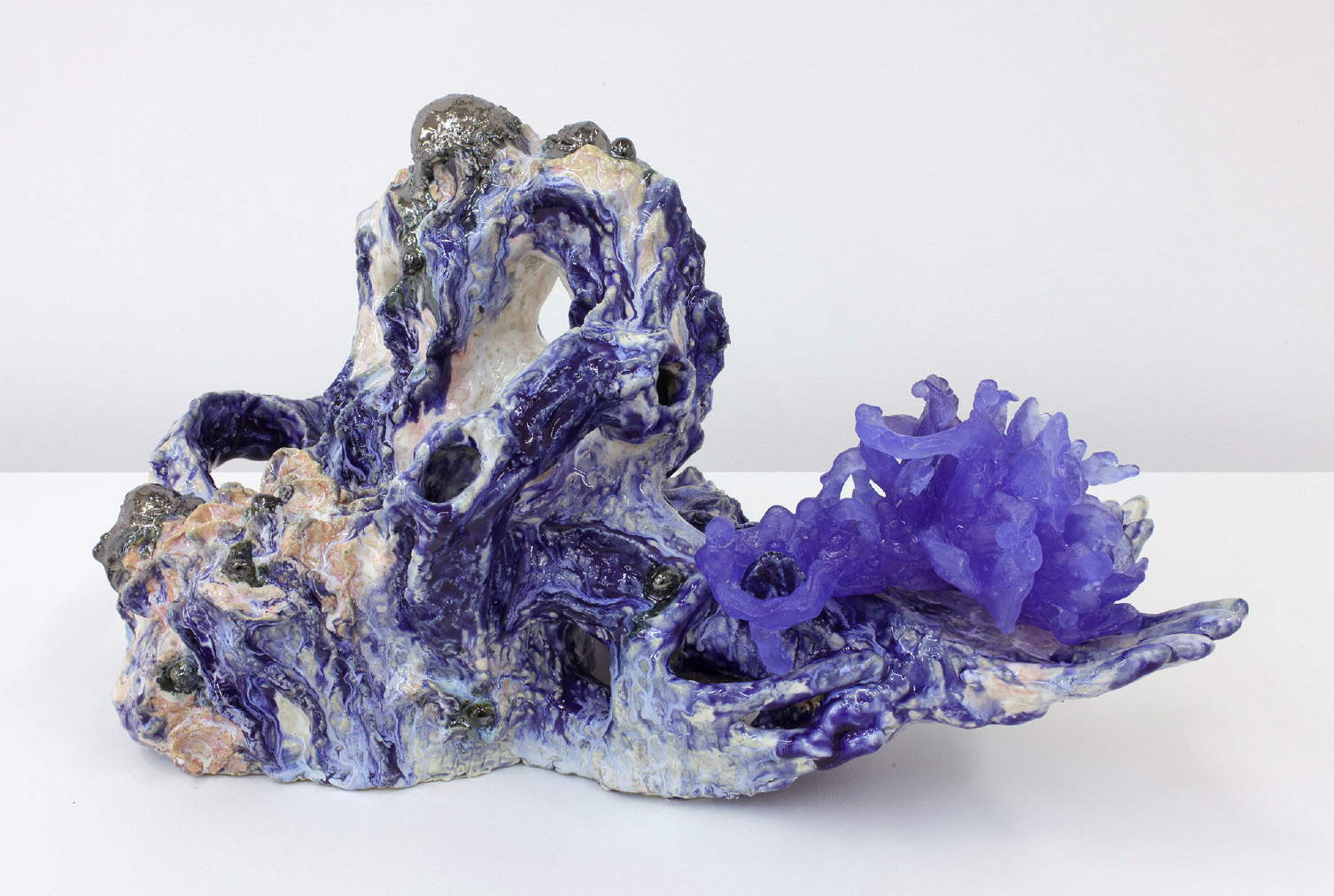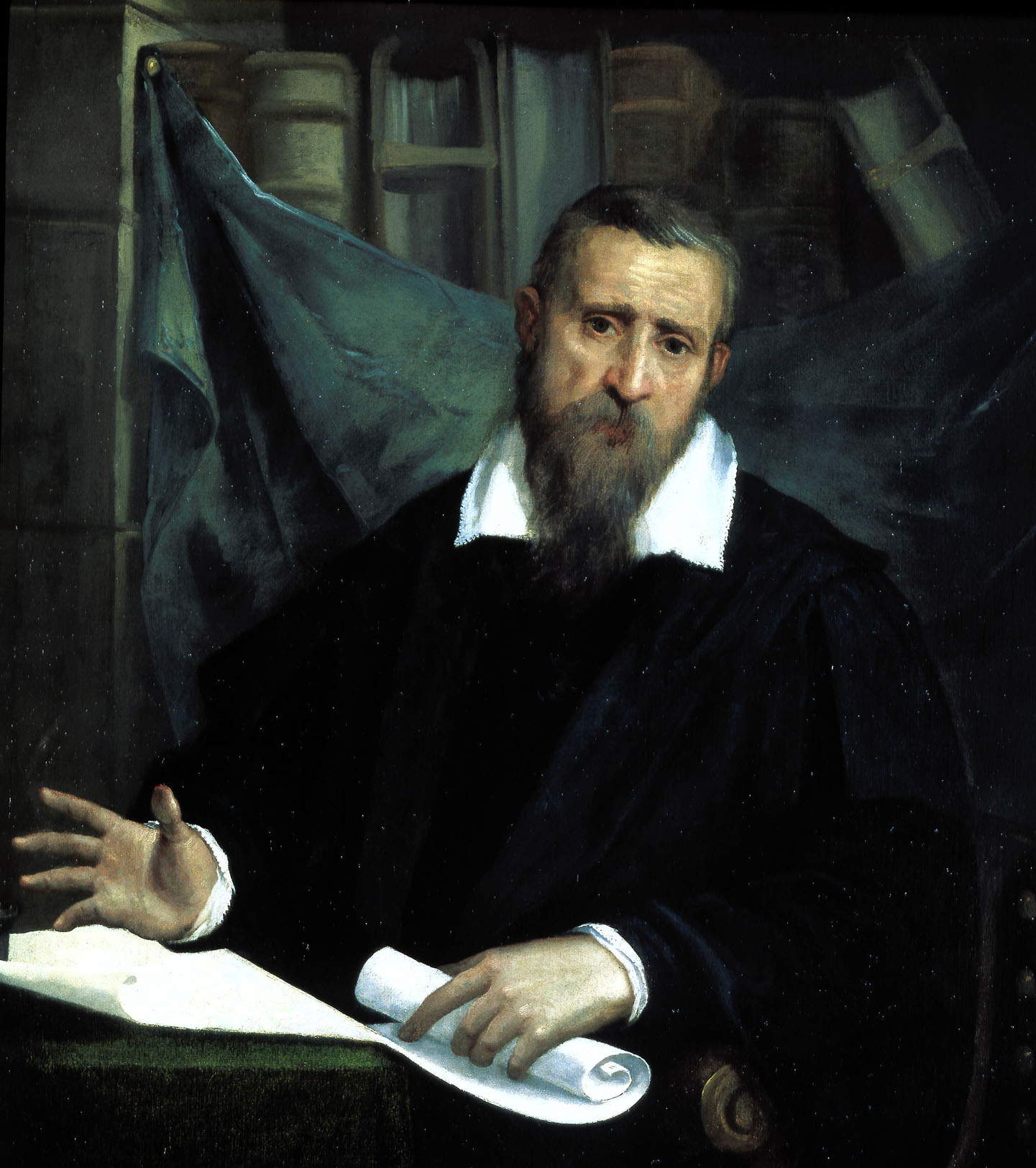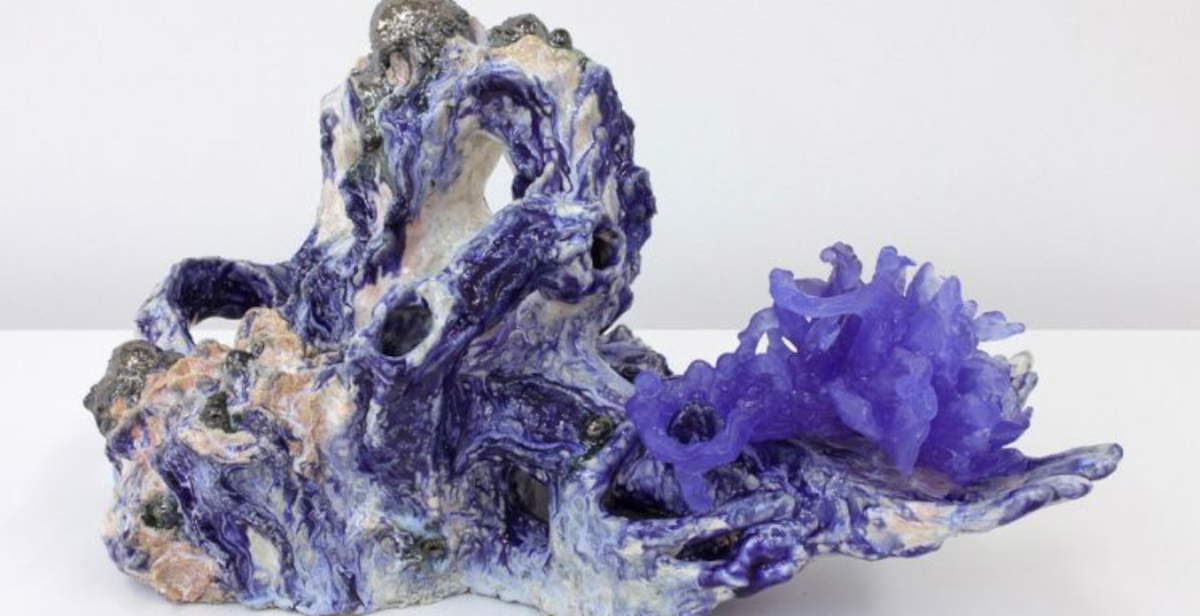A dialogue between two collections, a space that welcomes heterogeneous visions, unexpected juxtapositions and transversal narratives: Cabinet is the new exhibition set up in the Koelliker house-museum in Milan, which can be visited from October 17 to December 19, 2025. Curated by Giovanna Manzotti based on an idea by Edoardo Koelliker, the exhibition is the result of the encounter between the Koelliker Collection and the Scarzella Collection, started in 2011 with the intention of supporting emerging contemporary artistic production.
The title of the project explicitly refers to cabinets of curiosities, mobile containers of rare and extraordinary objects that, starting in the 16th century, found their place in the so-called Wunderkammer, forerunners of modern museums. Private spaces dense with wonder, the Wunderkammer proposed an encyclopedic yet poetic organization of knowledge. Chronological and stylistic categories were suspended in favor of visionary juxtapositions aimed at capturing the essence of a world that allowed itself to be contemplated, dominated, and possessed.
In the case of Cabinet, the idea of a collection frees itself from simple display to become an interpretive device. The works are not arranged according to didactic paths or timelines, but presented in a way that encourages a reading that spans styles, centuries, and materials. The result is a visual landscape that challenges traditional hierarchies between ancient and contemporary, in a form of exhibition design that privileges the short-circuit between past and present. “What emerges,” stresses Giovanna Manzotti, curator of the exhibition, “is an assortment of visual, historical and cultural contaminations, a game of symmetries, intersections and correspondences.”
The project opens with Jack O’Brien’s Hearts on Ice (2024), part of the Cherry series, started in 2021. A photographic print reworked with pastel and spray paint onto which a steel object is grafted suggests a layered aesthetic, between pop icons and conceptual layering. The cherry, a recurring element in the series, evokes symbolism related to eroticism and sensuality, moving between suggestions ranging from Greek mythology to sex shop imagery to contemporary advertising. The work serves as a key to the entire exhibition, emphasizing the polysemy of the objects and the possibility of different readings.

A composition of works blending painting, photography, sculpture and decorative objects unfolds on the main wall of the room. Kelsey Isaacs ’ oil on canvas ClearhistoricXL (2024) reveals a process that starts with photographic sets set up in a studio. The pictorial surface is constructed as a mosaic of details, the result of manipulation, disassembly, and reconstruction. Alongside, a number of sculptural objects and ancient artifacts from the Koelliker Collection are arranged on shelves, unsystematically, suggesting new possibilities for the relationship between elements.
Among them, Tarek Lakhrissi’s Tenebrae (2023), a blown-glass sculpture inspired by a queer reinterpretation of the Divine Comedy by writer Monique Wittig, coexists with a 17th-century Venetian carafe in gilded brass, decorated with the Pisani coat of arms. A little further down, Sharif Farrag’s Rooster Racer (2023), a glazed ceramic with caricature-like forms, reworks elements of Syrian and Egyptian traditions into a personal aesthetic.
The exploration continues with Heidi Lau’s work, Dew Drops on Crescent Cave (2023), in which glazed ceramic and fused glass come together to create an ambiguous, zoomorphic creature-like figure. The figure holds a vegetation-covered ruin in his hands, while a real coral branch, a typical symbolic object of the Wunderkammer, is placed a short distance away. Associated since antiquity with magical and protective powers, coral here becomes an element of continuity between the natural and the symbolic.
Animal elements also return in the 19th-century Viennese gravy boat made of silver and rock crystal, a material charged with ritual and mystical meanings. Completing the wall is a wallpaper on which a veritable visual collection is reproduced: objects, utensils, jewelry and knick-knacks crowd a floral scenery, which becomes a metaphor for historical stratification and the desire for possession.
In an adjacent room finds space Urvasi and Gilgamesh, oil and gold leaf on panel by Gino De Dominicis. Part of a series begun in 1979, the work proposes the encounter between two mythical figures, the Sumerian king Gilgamesh and the Hindu nymph Urvasi. Their graphic profiles, always facing each other, seem frozen in suspended time, while the golden background intensifies the symbolic aura of the image. Next to it, another painting by the artist, Untitled (TV Spectator) (1996), places an everyday scene, a man in front of a screen, in a space that evokes cosmic dimensions, giving the television vision an almost metaphysical significance.

The reflection on memory and the act of collecting continues with Fabrizio Cotognini. His works mix antique engravings, freehand drawings, meticulous annotations and arcane symbolism. Tarocco 3 (2016), Olympus 2.0 Hercules (2019) and True story full of lies (2018) draw on imagery ranging from Baroque to alchemy, via philosophical and botanical thought. Manual interventions transform historical prints into contemporary palimpsests where time overlaps and blurs.
Bri Williams and Brianna Leatherbury’s practices, based on the recovery and reworking of materials, add additional layers of interpretation. Williams employs resin and soap to mold personal objects and debris into symbolic compositions, as in Omen (Crow) (2024), while Leatherbury, in Soon (2025), uses copper elements and electrical components to create complex systems that reflect on economic and production dynamics. Both reflect on the forms of memory and traces of experience.
The exhibition also features a work by Remo Bianco, Impronta (1958), a rubber cast that fixes in bas-relief a series of everyday objects. An expression of his Manifesto ofImprint Art, the work translates personal memory into sign, making tangible an intimate relationship with things.
Blindness, Blossom and Desertification IX (2024) is a work on raw cotton signed by Monia Ben Hamouda, daughter of an Islamic calligrapher. The work belongs to a larger series born out of the artist’s desire to investigate the spiritual and ritual roots of artistic expression in relation to the natural environment. Using organic materials such as spices, hibiscus dust, ash, charcoal, red clay, paprika and earth, Ben Hamouda composes visual and textual traces that evoke rock surfaces, among the earliest forms of human expression. His images emerge from rapid gestures, dust throws and marks that recall Arabic writing, learned from childhood. The technical rigor that characterizes these strokes recalls the discipline of calligraphy, in which it is customary to place a blank sheet of paper alongside the page of the work, intended to prepare the hand for execution.
Closing, or perhaps opening, the exhibition is the Portrait of a Humanist, a painting attributed to Lorenzo Lotto. Within an environment dominated by objects and works of difficult dating, the Renaissance work seems to represent a fixed point. Yet, its presence generates questions. The man portrayed, immersed in a context that eludes historical coordinates, appears as an enigmatic figure. It is unclear whether he observes or is observed, whether he belongs to that world or is detached from it. In a setting that refuses temporal linearity, his function remains ambiguous: witness, guardian or symbol of the very act of collecting.
 |
| Contamination and wonder: a dialogue between the Koelliker and Scarzella collections in Milan |
Warning: the translation into English of the original Italian article was created using automatic tools. We undertake to review all articles, but we do not guarantee the total absence of inaccuracies in the translation due to the program. You can find the original by clicking on the ITA button. If you find any mistake,please contact us.